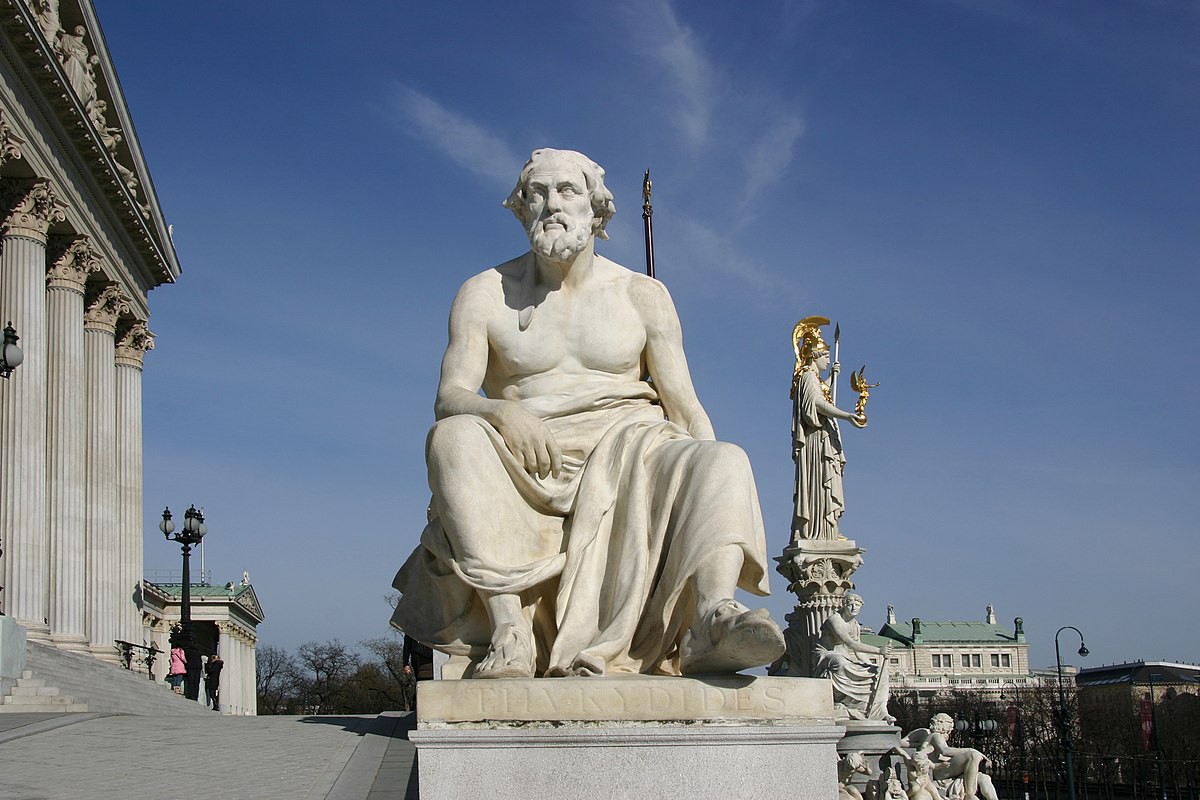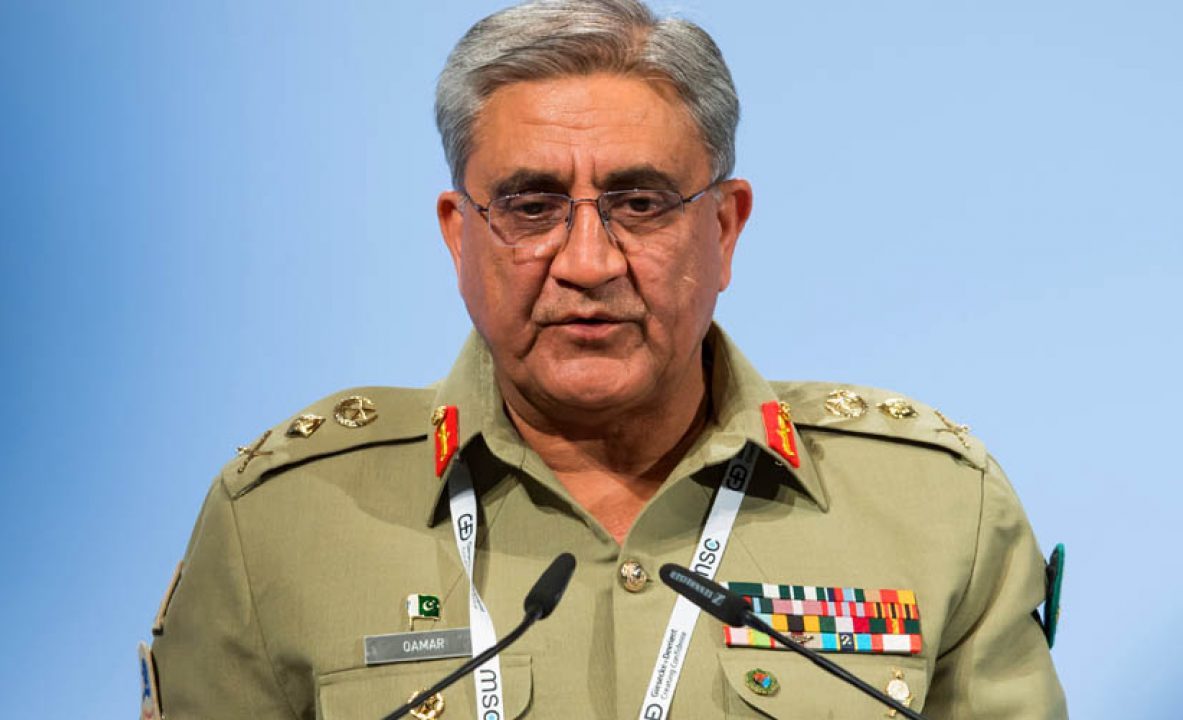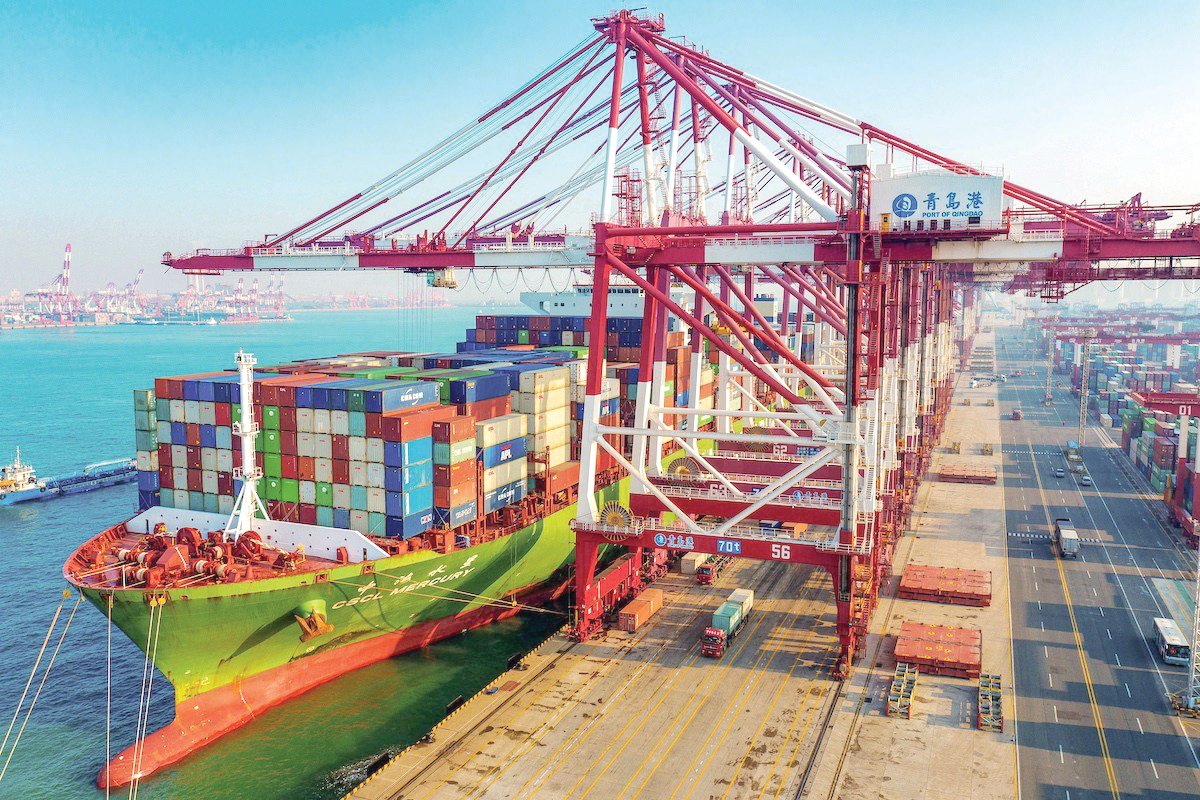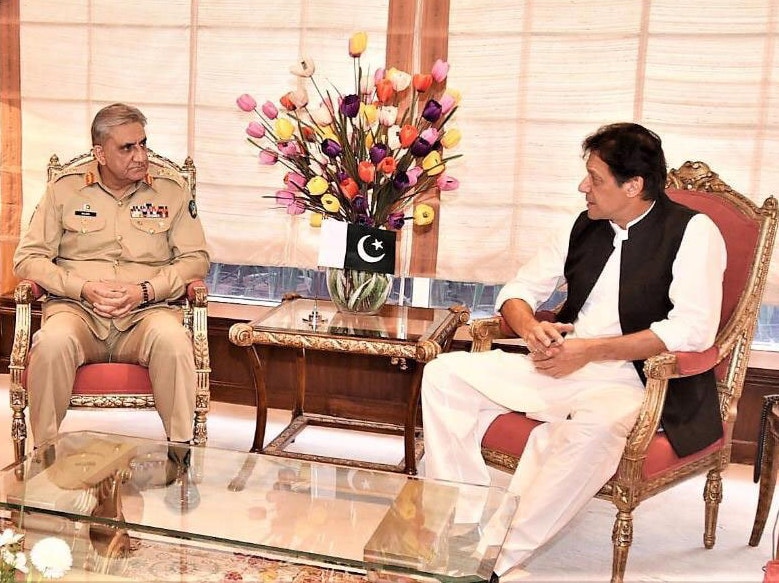Half-way down the lane, Prime Minister Imran Khan’s government has reoriented the country’s foreign policy into a new paradigm. It has taken a sharp departure from its conventional posture, and a host of developments suggest that ‘out of box’ thinking has, at least, set in to harness new opportunities and confront challenges.
The good point is that foreign relations seem to be no more a chest-card prerogative of the Foreign Office. Rather a host of other ministries and departments relating to defence, economy and even intellectuals’ domains have found a berth and an unequivocal say in it.
This new chartered territory, in its foreign relations, is based on the thinking of acting as a pivot in the region. It is meant to divert its synergies from hard power to geo-economics. This in other words means taking a step back in its erstwhile geopolitical doctrine, and exploring all possible options to make sure that Pakistan acts as a conduit in terms of connectivity in the region.
This is an epoch-making shift. This approach will open new vistas of cooperation with at least two countries that had traditionally acted as adversaries Afghanistan and India.
Thus, the new regional and international realisation is to enable both India and Pakistan to mend fences; and this time around ensure that they strike a deal in congeniality and go on to address their territorial and other political grievances in an open ended manner.
This strategy, by default, will set in a timely pause on political riddles, and help in giving other periphery issues such as economic amalgamation and regional development a kick-start.
This confidence building measures’ mechanism apparently draws its inspiration from the Chinese module one which believes in spanning unlimited cooperation despite political and territorial differences; and then move on to address the core disputes in a personalised bilateral manner.

Changing geopolitical imbalances in the Middle East, the Belt-and-Road’s staggering investment in the region and the new engagement that the United States has evolved in Asia-Pacific has compelled regional countries to open up in terms of geo-economics. Pakistan is no exception and is following suit.
Perhaps, the contemporary leadership in the region has learnt a lesson or two from ancient Greek strategist and historian, Thucydides (born 460 BC). As an originator of ‘realism’ thinking while evaluating approaches to ‘political life’, Thucydides chronicled that ‘unrealistic’ wars are ‘counter-productive’ and bring forth defeat of civilisations.
The Thucydides doctrine stands valid even today for South-West Asia, especially, where China and India, as well as Pakistan and India continue to resort to politics of vengeance and, thus, lead to a path of destruction.
That policy is undergoing a shift. For the first time, the horse is free to pull the cart. The conventional approach of pitching in reservations before the commencement of any meaningful talks is being shelved. The above-mentioned narrative is no guess work. It gets a nod from the highest echelons of power-brokers in Pakistan; and luckily the all-powerful military is on board.
Pakistan Army Chief General Qamar Javed Bajwa, while addressing the Islamabad Security Dialogue in March 2021, declared that “Pakistan is prepared to bury the hatchet with India, and is willing to make peace.” He was not playing to the gallery. He meant business and through his utterance conveniently put India in the dock.

The fact that he was talking from the position of strength made an obvious impact on the global spectrum. The peace constituency went euphoric, as he urged “to sit with the Indians across the table and start talking about Sir Creek, Siachen Glacier, Indus Water Treaty and other irritants.” Last but not least, General Bajwa said, “The Kashmir issue can wait till other disputes are amicably addressed.”
Simply put, the army chief stressed on “geo-economic vision” that endorses regional integration and sustainable development in an environment of peace and stability. This is exceptional thinking, and demonstrates statesmanship approach from a serving decorated General!
Perhaps, that policy fountain was laid down by Prime Minister Imran Khan in November 2019 when he declared, while addressing the concluding session of Margalla Dialogue under the aegis of Islamabad Policy Research Institute that, “all we need is to have proper relationship with India and then imagine two of the greatest markets on either side of Pakistan and that will help alleviate poverty in Pakistan.” He went on to say, “We have a young population, we want jobs for them, and the best way is if we can open trade by 360 degree (in the region) with Pakistan”
He has apparently walked the talk. Despite two years of zero-sum diplomacy with India, in the wake of August 5, 2019, “unilateral and disastrous” measures of scrapping the originality of Kashmiri statehood and autonomy by New Delhi, Islamabad had lived with the hope of revival for good!
That seems to be working now, as the world community has stepped in to softly mediate and redress the institutional irritant. Less said the better, as diplomacy of convergence takes roots in neutral capitals: Abu Dhabi, London, Washington, Kathmandu, Ankara and Bangkok.
Prime Minister Special Adviser on National Security Dr Moeed Yusuf believes that Pakistan geo-strategically is a ‘melting pot’ for three nodes of great powers: US, China, Russia and the Mideast. Thus, the dawn of new thinking in the Establishment spells out that Pakistan has two options: One; it can be the melting pot where all the synergies of these great powers converge, and Pakistan becomes the conduit for cooperation. Two; or Pakistan continues to act as a frontline state to fight ‘others’ wars.

The choice has been made: the former is the modus operandi at the helm of affairs. The intelligentsia and military have led the movement of change. The Prime Minister’s Office has for the first time set up a structure to pool in independent strategic input from universities, academicians and think tanks for policy-makers. Though in its infancy, it is working wonders. This is no small achievement and, indeed, a breakthrough in a country where policy-making was the prerogative of the Big and Mighty!
Likewise, Pakistan is doing everything possible to realise the shift towards economic diplomacy, integration and thus become a melting pot in the region. At the same time, efforts are underway to convince the world that Pakistan shouldn’t be seen merely from the prism of Afghanistan as a security-centric entity.
The biggest challenge for Pakistan is to ensure that the dividends of the $60 billion China-Pakistan Economic Corridor not only reach the common man, but also go on to open up the country with regional stake-holders. Six years since its formal inception, the CPEC is nowhere close to a functional economic corridor. It won’t be a success story until and unless Pakistan’s connectivity with all of its neighbours becomes a reality, including India.
Prime Minister Imran Khan dreams of eliminating poverty on the Chinese module, wherein Beijing uplifted 700 million people from the poverty line. That will remain a far cry for Pakistan’s more than 100 million downtrodden, if regional trade remains a myth.
The point, nonetheless, is Pakistan cannot easily abandon or escape from its geopolitical realities that have kept it grounded from any developmental take-off for the last many decades. Afghanistan and India are the two power zones that will keep Pakistan underpinned, until they strike a lasting peace with themselves, as well as with Islamabad. This premise has compelled Pakistan to do everything within its means to bring around peace in Afghanistan and engage India over a meaningful broad-based dialogue.
As United States President Joe Biden promises to pull out troops from Afghanistan by September 2021, that won’t be possible without the proactive support of Islamabad. Likewise, the Doha Deal that united the Americans and the Taliban, as well as other stakeholders, on a single point agenda of ushering in a political settlement in Afghanistan was an outcome of Pakistan’s diplomatic strengths.
Pakistan is also a great mediator and common friend when it comes to sectarian-driven policy haphazardness of the Saudis and the Iranians. Prime Minister Imran Khan is on record having said that President Trump sought his good office’s help in brokering a thaw between the two Muslim giant states. Islamabad, likewise, is an ardent supporter of reviving the US-Iran nuclear deal of 2015; and it is hoped Tehran and Washington will uphold reason and deterrence over jingoism.
As far as India-China duel is concerned, Pakistan this time around has followed an unconventional path. Behind the curtain diplomatic manoeuvres reveal that notwithstanding the anti-India rhetoric meant for public consumption, Pakistan has played a genuine role in furthering the realisation in Beijing and Washington that “the ensuing confrontation is undesirable.”
Islamabad didn’t prefer to grind its axe, as Delhi was diplomatically battered in Beijing and its forces were shoved down on icy ranges. What more can Pakistan do as a responsible regional player? The onus is on India to reciprocate Islamabad’s gestures of peace such as an offer for unconditional broad-based discourse, as well as the novel gesture of opening up the Kartarpur corridor.
It is also a reality that Pakistan’s new doctrine of ‘geo-economics’ will be a non-starter if there isn’t any peace deal with India. Pakistan should truly act as a conduit for connectivity by not only trading with India, but also allowing transit to Delhi to reach out to Afghanistan and Central Asian republics.
This new realisation to buoy its geo-economics by Pakistan could turn out to be a ‘Deal of the Century’ for the region. Gone are the days of Cold War alignment when Pakistan looked up to the United States, and even the times for playing the Chinese card when it comes to browbeating the Indians.
Irrespective of the fact that Pakistan is well-entrenched in the Chinese Camp, the dynamics of Belt and Road Initiative and Beijing’s global leadership designs will force Islamabad and New Delhi to come to terms sooner than later.
That is the science of geo-investment as China has poured in more than $500 billion in the entire region, including the unprecedented $300 billion deal with Tehran. Surely, economic interests will precede politics; and it is high time for neighbours in ardent confrontation realise that reality.
Pakistan too is in need of a quid pro quo as it throws open its geography. That speaks of its strength and the fact that its defence is impregnable. Thus, it is better placed to share horizons of connectivity with its traditional adversaries, too in an era of alliances. From Kartarpur to Gwadar and from Khunjerab to Wagah, Pakistan means genuine business in trade and tourism. That is its new foreign policy format.
A true pivot to geo-economics, nonetheless, must start with reforms at home. There are more tough riddles at the home front than in the foreign orbit. Though the economy is picking up, it is in a senseless direction. Frequent reshuffle of economic managers is a bad omen. The pace of accountability, prosecution and retribution is a hoax. It is not leading to anywhere, other than bickering. Likewise, the desire to ease the business of state and exterminating extremism is subject to political considerations.
Pakistan is the fifth largest country in the world and its population will be 245 million by 2030. It is in a dire need to create at least 50 million new jobs in the next 10 years. If geo-economics is the way to go in its developmental pattern, then Pakistan should have 10 million international visitors per year, compared to around a million today. Similarly, robust regional trade with all of its neighbours could swell Pakistan’s GDP growth by another 3 per cent, at least. Let laissez-faire set in and undo the ill-wills of politics.





